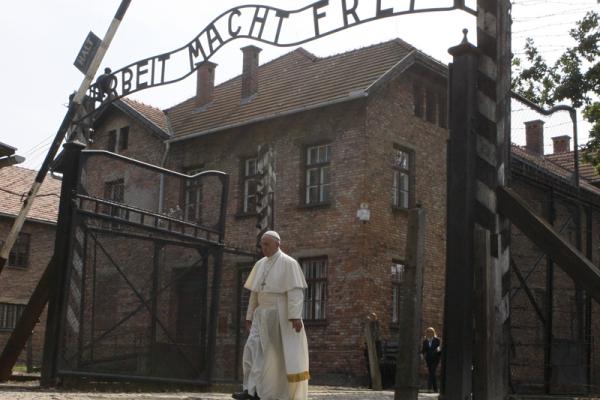Jul 29, 2016
Pope Francis on July 29 paid a silent visit to the Auschwitz concentration camp where he spent intense moments in prayer, embraced Holocaust survivors, and met those who risked their lives to help Jews persecuted by the Nazis.
But while Francis made no speeches during his time at the notorious camp, where more than 1 million people, mostly Jews, died during World War II, he left a simple written plea in the guest book: “Lord, have mercy on your people! Lord, forgiveness for so much cruelty!”
Read the Full Article

Already a subscriber? Login
